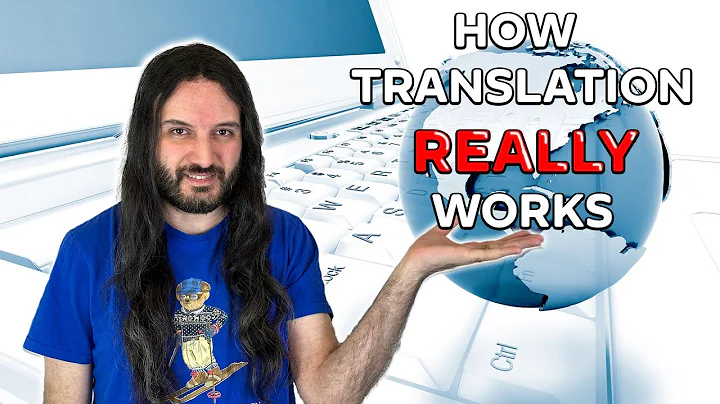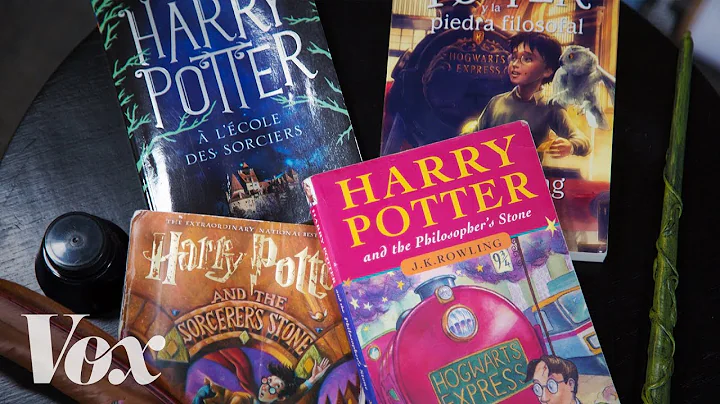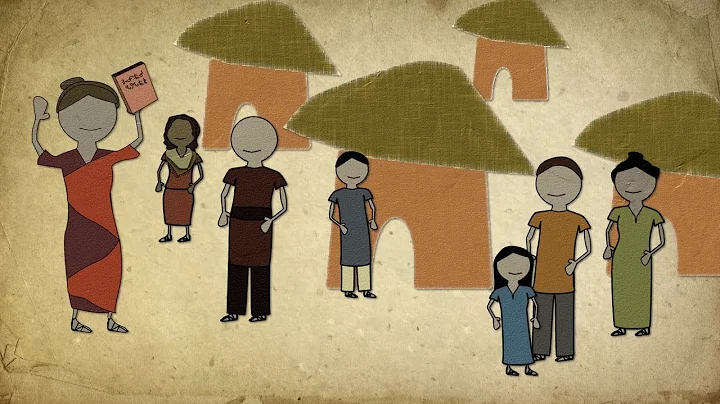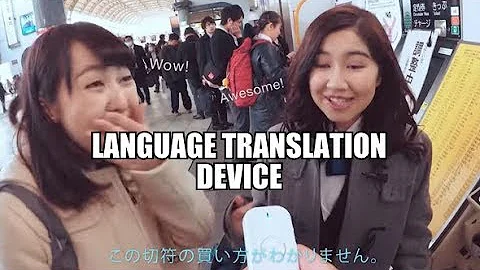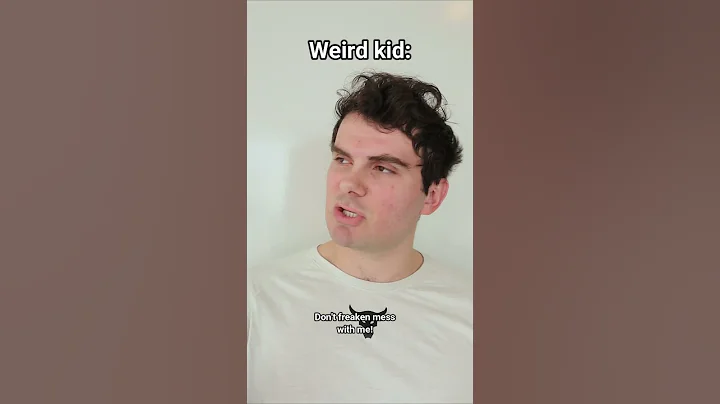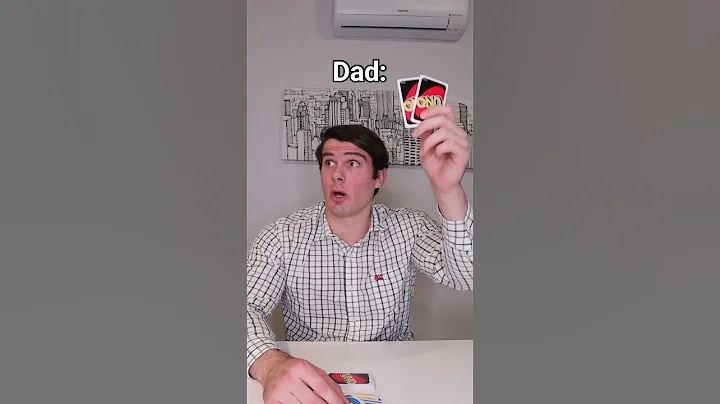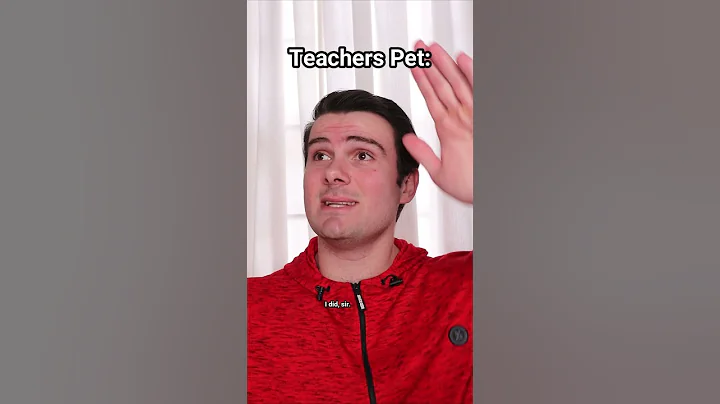editor's words
"I remember when I first entered the industry, I participated in editing a Caixin Award-winning work. There were only a handful of words on each page, but I had repeated discussions with the translator for a long time. What left a deep impression was the polishing of verbs: whether or not Is it childlike, is it suitable for the age group for reading, and is it consistent with the picture? There are few words in children's books, but every word is beautiful. "
The above is a story told to the editor by a colleague from Pupulan's editorial department, which shows the quality of children's books. Translation work does not become easier because there are fewer words, but it has its own characteristics.
Today, the editor invited children's literature translator Mr. Xu Derong to talk with you about "Why children's books have few words but are difficult to translate".

Teacher Xu Derong participated in the translation of "Smart Daisy Series"
✦
which can enter the author's spiritual world
✦
It has been almost twenty years since I became associated with children's literature translation. Looking back on the past twenty years, there are the hard work all night long under the reading lamp on rainy nights, and there are also knowing smiles under the spotlight. Some people say that translation is like "dancing with shackles on", as if the translator has become a prisoner of pursuits, but this sentence also expresses the difficulty and hardship of the translator.
Translators of children's literature are certainly no exception, and there are even more difficulties in translating children's literature that are not well known. Readers who don’t believe it, please listen to me slowly.

《Don’t you do the same thing? 》English version
The primary ability of a translator of children's literature is to be able to enter the unique spiritual world of children's literature . In the field of translation, we call this process "fusion of horizons", which means that the translator can enter the author's world. The spiritual world, like the author, sees the world in the author's eyes. It's easier said than done.
Not to mention the time and cultural differences, the author's views on children alone, that is, the author's attitude and concepts towards children, are enough for the translator to figure out.
Maybe, the author’s kindness has turned into a warning in the translator’s writing; what was originally intended to encourage and care for the children has turned into a criticism and criticism of the children in the translation. How can such a translation make the author Are you happy that readers like it?
We may say that just having a solid language skills and a responsible attitude may not be the guarantee for a good translation of children's literature. Translators of children's literature must truly understand children's literature, understand children's culture, be well versed in the spirit of play in children's literature, and better understand the author's unique view of children.
The translator must be able to enter the wild fantasy world of " Alice's Adventures in Wonderland " where the mockery of stereotyped preaching and the affirmation of children's good nature are required, the translator must be able to feel the poetry and friendship in "Wind in the Willows", and be able to appreciate Luo De Dal Wangyang's wanton writing calls for children's justice and ruthlessly lashes out the evil of human nature. You must feel the childlike innocence and love and tolerance for children in Stevenson's poems.

The cover of the first edition of Alice in Wonderland (1865)
Without such basic literacy in children's literature, translators often wear shackles and cannot dance movingly.
✦
Translators of children’s literature must have a thorough understanding of the artistic quality of their works.
✦
Translators of children’s literature must have a thorough understanding of the artistic quality of children’s literature. Mr. Lin Liang once said, "Children's literature is the art of simple language." This sentence makes sense and reveals the characteristics of children's literature, which is to use concise language to express the artistry of the work. Such a request is easy to say, but really difficult to do.
Good children's literature will not rely on difficult words or pretend to be difficult, but will use concise words to express the unique artistic quality of children's literature. Those classic children's literature works are all simple in text, but full of the beauty of words, with poetic and refreshing beauty in their bones, such as the fairy tales of Wilde and Andersen, and the fairy tales of Anthony Brown and Jon Klassen. In picture books, every sentence is full of profound meaning, full of life philosophy, and full of innocent childlike interest. Has the translator grasped these "classic qualities" well?

The artistic quality of children's literature is not easy to grasp.What’s even more difficult is that good children’s literature writers all have their own unique style. “Style is the person”. Failure to grasp the style of the work and making it a thousand words will inevitably lead to huge losses in translation. Today’s children’s literature translation , how many can recreate the style of the original work? Reshaping the style of children's literature translation is an undertaking that requires our joint efforts to achieve.
✦
Proficient use of the art form of children's literature
✦
The art form of children's literature is another major challenge faced by translators. "Words have no words, but actions go far." Many excellent children's literature works are full of a lot of rhetoric, puns and imitations abound, and many works like to use the form of rhyme, whether it is a picture book or a fantasy novel , often rhyme in long chapters, and some rhyme to the end. This literary language feature is not only due to the "readability" requirement of children's literature, but also reflects the game spirit of children's literature.
language games exude natural pleasure and beauty, which are what children like. For children who are developing language, they also have an additional layer of practical educational purposes. This is why children’s literature is the best Chinese teaching material. Therefore, we must fully understand the artistic form of children's literature and use appropriate artistic forms in translation to recreate the effect of the original text.

However, the translation of rhetoric, such as pun , presents a huge challenge to the translator. Puns are "coincidences" in one language. It is not easy to be reincarnated in another language!
However, translators of children's literature should be such dancers, who should be able to overcome language barriers and make natural chasms smooth. Just look at this passage from a picture book:
EIGHT trees remember the summer
shaking their crowns, while they immortalize moments of green.
Autumn, with its beautiful colors,
brings sorrow for the trees of the park.
Their green crown gets yellow and fall,
pity them who fall in love with their crown,
when cold comes and freezes all.
Our translation:
Eight trees miss the summer,
shake the crown,
remember those green times.
The autumn colors are beautiful, but
bring sadness to the trees in the park.
The green crown of the tree gradually turned yellow,
The leaves fell to the ground one after another.
Those who fall in love with the canopy of trees will inevitably feel sad.
Cold days will freeze them all.
Who can say that the text in this picture book is not poetry? Children's literature is literature full of emotions, fun and thoughts. It is poetry, and it is an art that is as wise as foolish as it is clumsy. Dear translators and readers, are you ready for this artistic journey?

Xu Derong
Ph.D., professor, doctoral supervisor, director of the Translation Office of the International Office of Ocean University of China, director of the Chinese Children's Literature Research Association, deputy secretary-general of the Shandong Translators Association, member of the International Research Society of Children's Literature (IRSCL), visiting University of Reading, UK scholar.
's main research direction is translation theory and criticism, focusing on children's literature translation and children's literature. In " Chinese Translation ", " Foreign Literature Research ", "Foreign Language Research", " Contemporary Foreign Language Research " and " Shandong" He has published nearly 40 academic papers in core publications such as "Foreign Language Teaching " and more than 20 translated works of children's literature.

